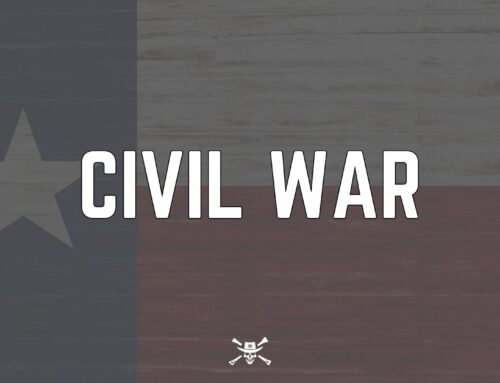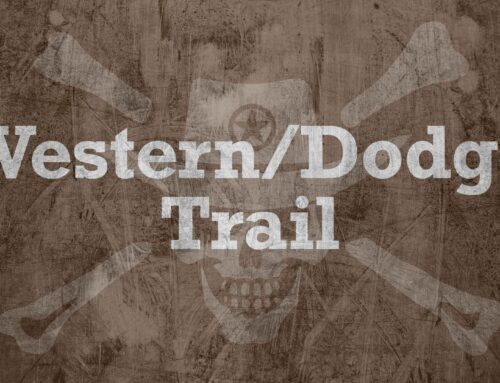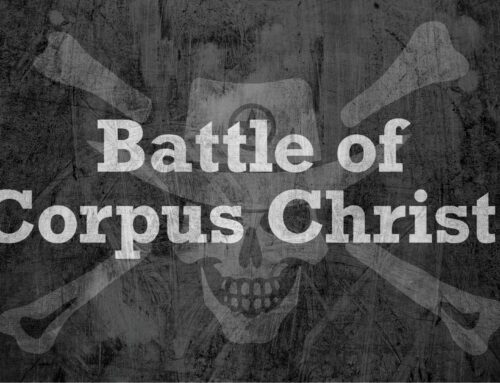The Grass Fight: A Key Skirmish in the Texas Revolution (November 26, 1835)
Location
- City/Town: San Antonio (nearby)
- County: Bexar
Introduction
On November 26, 1835, the Grass Fight occurred near San Antonio de Béxar during the Texas Revolution. This skirmish between Texian insurgents and Mexican troops was part of the larger Siege of Béxar. Although initially thought to be a significant supply convoy carrying silver, the Texian forces discovered that the captured wagons contained only grass for feeding horses. Despite this, the Grass Fight was a morale-boosting victory for the Texians, demonstrating their ability to challenge Mexican forces effectively.
Background of the Skirmish
Rising Tensions and the Siege of Béxar
By late 1835, tensions between the Mexican government and Texian settlers had escalated into open conflict. The Texas Revolution began with the Battle of Gonzales on October 2, 1835, followed by several key engagements, including the Battle of Goliad and the ongoing Siege of Béxar. The Texian forces, encircling San Antonio de Béxar, aimed to weaken the Mexican garrison through attrition and frequent skirmishes.
Strategic Importance of Supplies
As the Texians maintained their siege, both sides faced significant logistical challenges. Supplies of food, ammunition, and forage were crucial for sustaining the troops and their animals. For the Texians, disrupting Mexican supply lines was a strategic priority, while the Mexican forces, commanded by General Martín Perfecto de Cos, sought to secure necessary provisions to maintain their defensive position.
Preparations and Mobilization
Texian Forces and Leadership
The Texian forces, under the overall command of Edward Burleson following Stephen F. Austin’s departure, included several key leaders such as James Bowie, James Fannin, and “Deaf” Smith. These leaders were instrumental in organizing and executing raids against Mexican supply lines to further weaken the garrison’s ability to sustain itself.
Mexican Defensive Measures
General Cos, aware of the Texian strategy, fortified key positions within San Antonio de Béxar and organized supply convoys to ensure the garrison remained provisioned. The Mexican forces included regular soldiers and local militia tasked with protecting these supply lines from Texian attacks.
The Day of the Grass Fight: November 26, 1835
Discovery of the Mexican Convoy
On the morning of November 26, 1835, “Deaf” Smith, a Texian scout, reported sighting a large Mexican supply convoy approaching San Antonio de Béxar. The convoy, believed to be carrying a significant amount of silver to pay the Mexican troops, became an attractive target for the Texians.
Texian Ambush
Texian forces quickly organized an ambush. Led by James Bowie, Edward Burleson, and James Fannin, approximately 100 Texian soldiers moved to intercept the convoy. They positioned themselves along the path of the Mexican wagons, ready to spring the trap as the convoy approached.
The Engagement
As the Mexican convoy drew near, the Texians launched their attack. The engagement quickly escalated into a fierce skirmish. The Texians, utilizing their superior marksmanship and familiarity with the terrain, inflicted heavy casualties on the Mexican forces. Despite the initial surprise, the Mexican troops put up a determined resistance, attempting to defend the convoy.
Capture of the Convoy
After a brief but intense fight, the Texians succeeded in capturing the wagons. However, instead of finding the expected silver, they discovered that the wagons were filled with grass intended to feed the horses of the Mexican garrison. While the discovery was initially disappointing, the victory still held strategic and symbolic significance.
The Aftermath of the Grass Fight
Impact on Texian Morale
The Grass Fight, despite the lack of silver, was a morale-boosting victory for the Texians. It demonstrated their ability to effectively challenge Mexican forces and disrupt supply lines. The successful engagement bolstered the confidence of the Texian soldiers and reinforced their determination to continue the siege.
Strategic Implications
The capture of the grass convoy had strategic implications for the ongoing Siege of Béxar. By depriving the Mexican garrison of forage for their horses, the Texians further strained the resources of General Cos’s forces. This added pressure contributed to the eventual weakening and surrender of the Mexican garrison in December 1835.
Legacy and Commemoration
The Grass Fight is remembered as a key skirmish in the Texas Revolution. The site of the engagement, near San Antonio de Béxar, is commemorated through historical markers and educational programs. The skirmish is celebrated for its demonstration of Texian resolve and tactical effectiveness.
Legacy of the Grass Fight
Historical Significance
The Grass Fight holds a significant place in the history of the Texas Revolution. It marked a successful Texian effort to disrupt Mexican supply lines and demonstrated the strategic value of smaller engagements in the broader context of the revolution.
Cultural Impact
The legacy of the Grass Fight is ingrained in Texan culture. The courage and determination of the Texian soldiers are celebrated in folklore, literature, and popular culture. The skirmish serves as a symbol of the fight for liberty and the importance of resourcefulness in achieving military objectives.
Modern Reflections
Today, the Grass Fight is viewed with a sense of historical pride and reflection. It serves as a reminder of the challenges and sacrifices faced by the early settlers in their quest for independence. The skirmish’s legacy is honored through education, preservation, and public commemoration.
Conclusion
The Grass Fight on November 26, 1835, was a key skirmish in the Texas Revolution. This engagement between Texian insurgents and Mexican troops highlighted the Texians’ ability to effectively disrupt Mexican supply lines and challenge the garrison at San Antonio de Béxar. While the captured wagons contained grass instead of silver, the victory boosted Texian morale and contributed to the eventual success of the Siege of Béxar.
By exploring the history and impact of the Grass Fight, we gain a deeper appreciation for the courage and resourcefulness of those who fought for Texas independence. The story of this skirmish underscores the importance of tactical ingenuity, effective leadership, and the enduring spirit of freedom that continues to define Texas.





